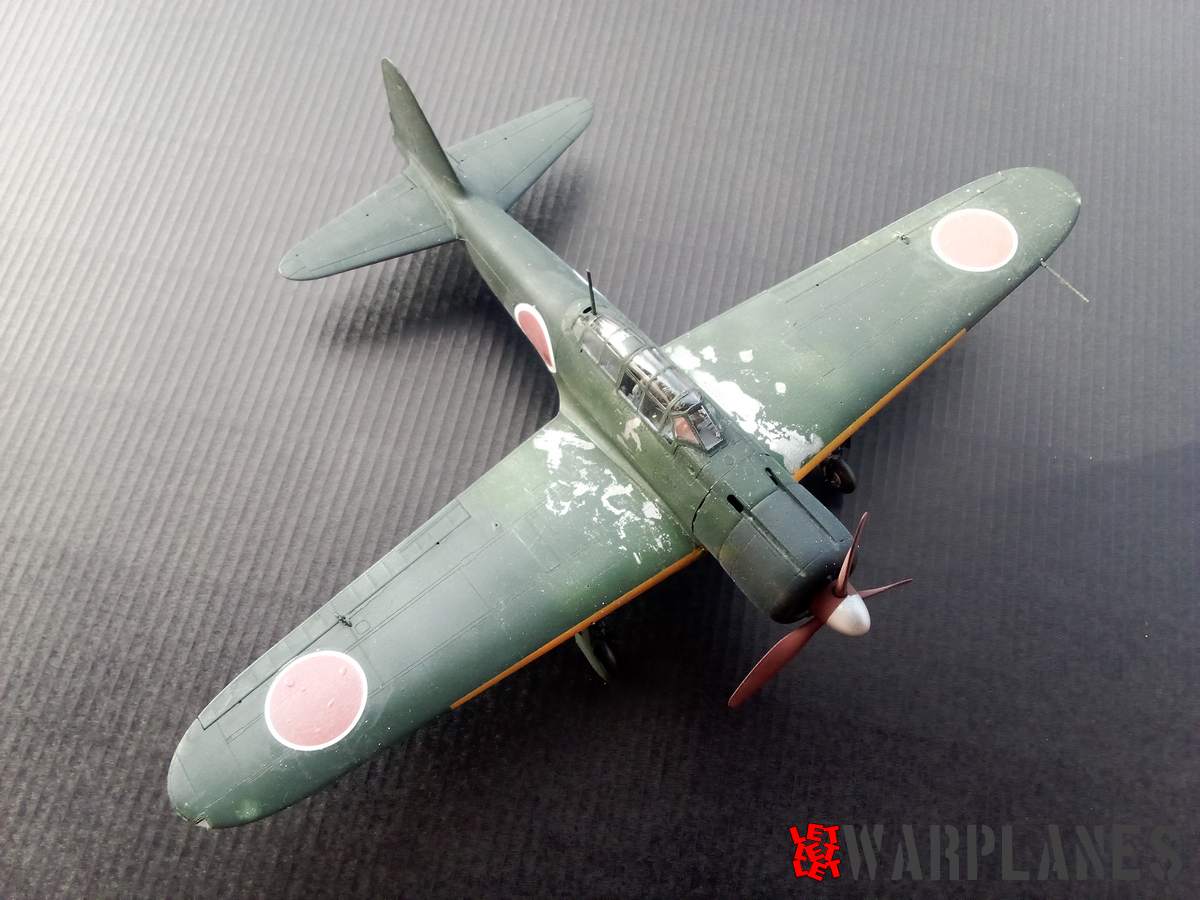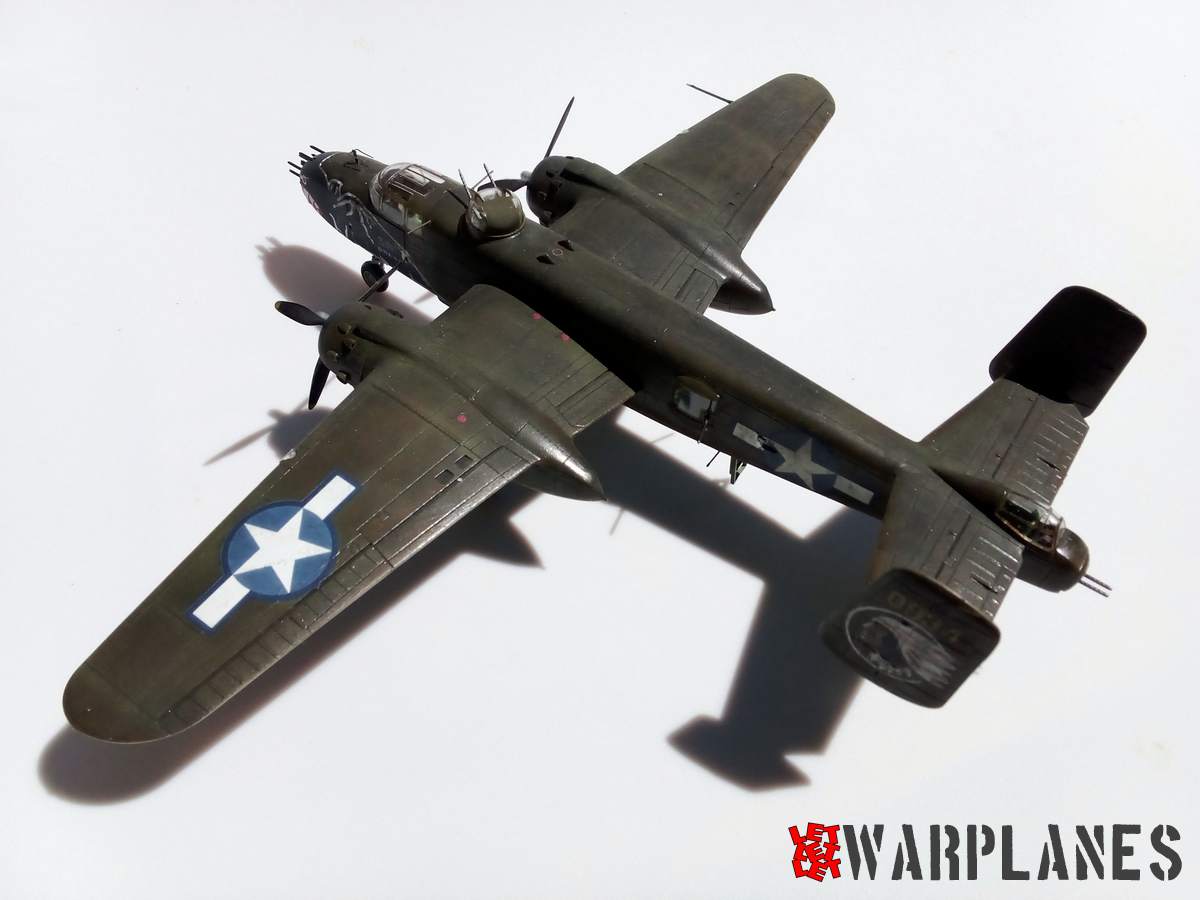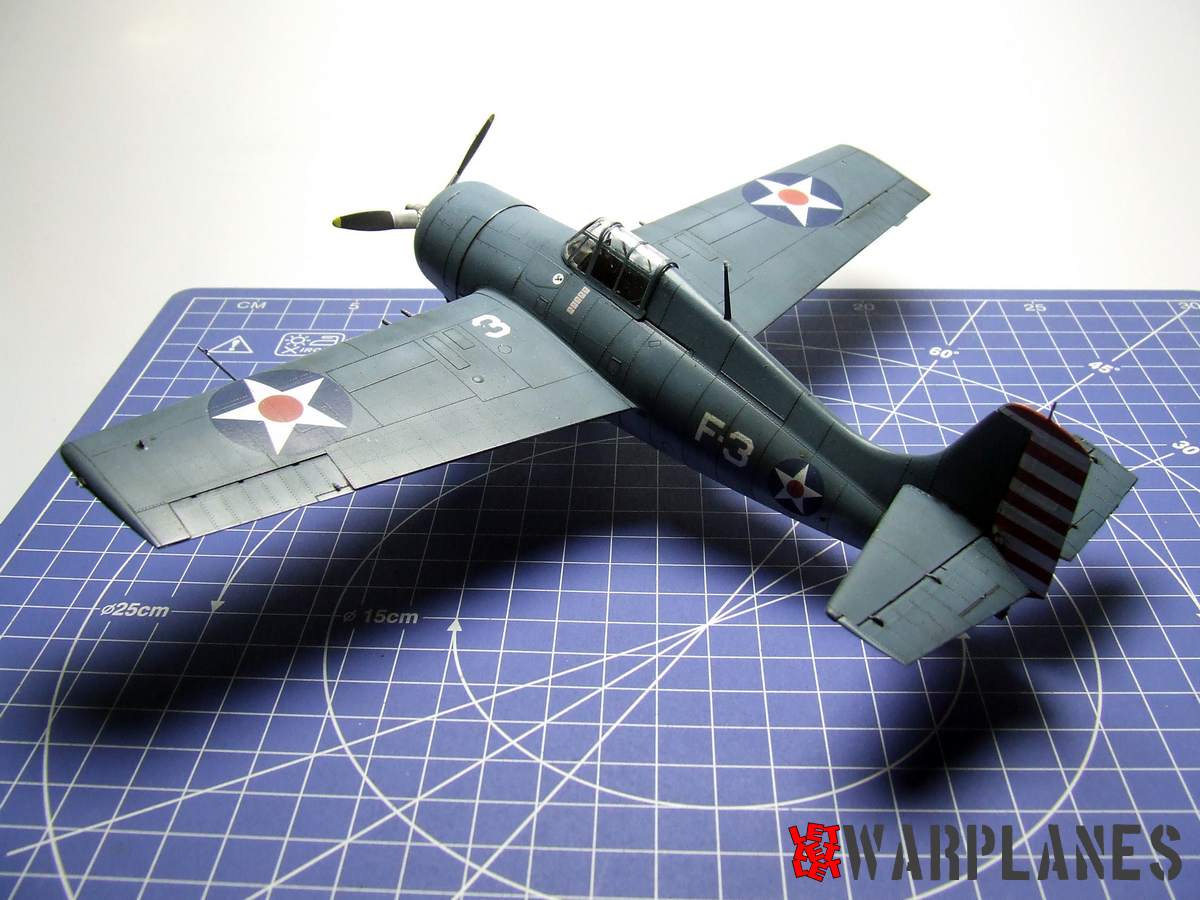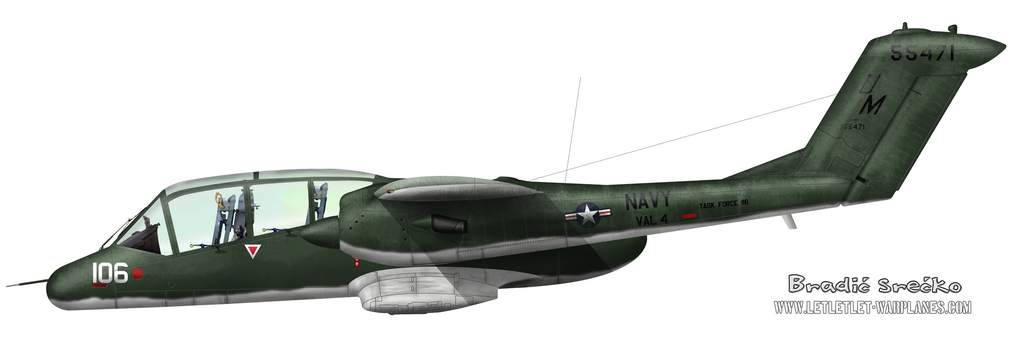Boulton Paul P.111/111a CMR kit 145
The Boulton Paul P.111 was a British experimental delta-wing aircraft built for the Air Ministry in order to confirm, investigate and develop the design ideas captured from the Germans at the end of the Second World War. The P.111 was designed as the smallest airframe which could couple Rolls-Royce Nene jet engine and Martin Baker ejection seat on delta wing platform. The Boulton Paul P.111construction was all-metal with the exception of the wing extensions which were of Glass-reinforced plastic.
 The P.111 made its first flight on 10 October 1950, at Royal Aircraft Establishment Boscombe Down with Squadron Leader Bob Smyth at the controls. Later test flying was carried out by the legendary test pilot, Alexander E. “Ben” Gunn, who described the airplane as “touchy” and “like flying a razor’s edge”. During the tests configurations of this airplane were changed in several occasions but it was not before the landing accident the P.111 become P.111a with some major improvements in aerodynamics. A very obvious addition was a long nose probe carrying a pitot head; four “petal” airbrakes were added to the fuselage. All this had a goal to improve the Flight characteristics of this plane. The P.111A first flew on 2 July 1953. It was used by the Royal Aircraft Establishment in a series of explorations of delta wing characteristics. After a last flight in 1958 it went to the Cranfield College of Aeronautics as a training airframe, and later it was transferred in Midland Air Museum as a part of static exhibition where it is today.
The P.111 made its first flight on 10 October 1950, at Royal Aircraft Establishment Boscombe Down with Squadron Leader Bob Smyth at the controls. Later test flying was carried out by the legendary test pilot, Alexander E. “Ben” Gunn, who described the airplane as “touchy” and “like flying a razor’s edge”. During the tests configurations of this airplane were changed in several occasions but it was not before the landing accident the P.111 become P.111a with some major improvements in aerodynamics. A very obvious addition was a long nose probe carrying a pitot head; four “petal” airbrakes were added to the fuselage. All this had a goal to improve the Flight characteristics of this plane. The P.111A first flew on 2 July 1953. It was used by the Royal Aircraft Establishment in a series of explorations of delta wing characteristics. After a last flight in 1958 it went to the Cranfield College of Aeronautics as a training airframe, and later it was transferred in Midland Air Museum as a part of static exhibition where it is today.
General characteristics:
• Crew: Pilot in an enclosed cockpit
• Length: 7.95 m (without nose probe) ()
• Wingspan: 7.82 m to 10.21 m (with detachable wingtips)
• Height: 3.81 m
• Wing area: 26.94 m2
• Airfoil: t/c 10%
• Empty weight: 3,410 kg
• Loaded weight: 4,595 kg
• Powerplant: 1× Rolls-Royce Nene R3N2 turbojet, 22.69 KN
Performance
• Maximum speed: 1043 km/h
• Service ceiling: 10,670 m
• Rate of climb: 48 m/s
When you open Czech Master Resin’s 1/72 scale Boulton Paul P.111/111a kit prepare yourself for a surprise. Believe it or not inside the box you will find enough parts to make both P.111 and P.111a at the same time and you will have spare parts to upgrade few kits in your stash (CMR provides total 4 MB1 and 4 MB2 ejection seats and you’ll use only two for these kits). All parts are packed in separate bags so there is minimal risk of parts damage. Instruction sheet comes on seven pages and they are perfectly clear and very detailed as well as painting guide. Bonus four pages as a walk-around are also provided.
Markings are provided for three different schemes two in Natural Metal Finish and one my personal favorite in Glossy Yellow scheme with Black vertical stabilizer tip.
There are two decal sheet’s provided both are the same and absolutely great quality, thin and precise.
CMR resin parts are superbly cast with crisp, finely recessed surface detail and minimum flash present that can easily be removed.
As I previously mentioned two complete kits are inside this box, so two separate fuselages are included one for each version. The fuselage halves require some minor cleaning from bottom side and that’s all you need to do.
Three different sets of wings are included so you can decide what version you like to build, and for sure use remaining wings for your second version of this kit. Wings have pins in their root that goes inside the fuselage so the wing-fuselage joint should be firm and no other strengthening the joint should be needed. Panel lines are crisp and clean as I dare to say I expected from CMR.
Undercarriage wells are located inside the bottom part of the wings and there is some flash present but it can easily be taken care of, with no fuss at all. Vertical stabilizer comes as a separate part and you will find two identical among your parts. Cockpit is well detailed in resin but CMR provided a small photo-etched fret manufactured by Eduard, so there is no need to talk about quality of those parts. Clear parts or the canopy is again supplied as double, so inside you have two types of canopy and you have spare for each type so you have 8 canopies inside and you don’t need to worry about your knife slip-off.
Resin kits require for some experience when working with it so as usual rule Resin kits are not recommended for beginners, but if you have build a few plastic models so far and you want to build your first Resin model then this is a choice for you. CMR obviously have high quality standards in producing kits which is nothing strange having in mind that those lads at CMR are fellow modelers too. Great work!
This product is highly recommended.
Darko Mladenovic
Sample product provided by Petr Buchar from Czech Master Resin
















I have met gunn test pilot 50 yrs ago ,areal gentleman,
I would be interested to hear when you met “Ben” Gunn? I knew him as a young man who came from Glasgow to my village, Castletown in the north of Scotland for his summer holidays. His family lived near mine and we often went out together. I joined the RAF and lost touch with Alaistar as I knew him at that time. I know he often came back to Castletown after the war because my brother would always tell me. I would appreciate any information you might have. Thank you
Dave Sutherland, ex 207 Squadron Raf.